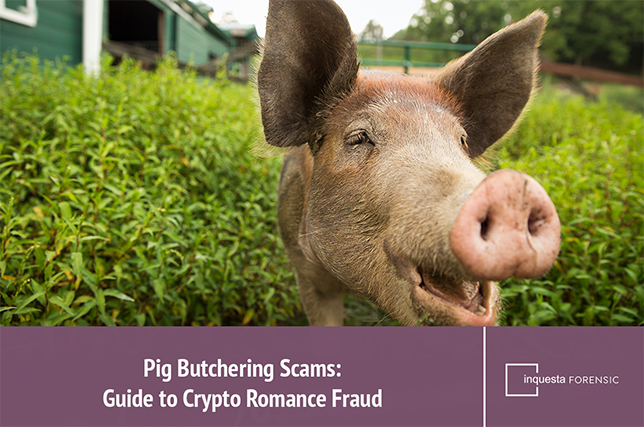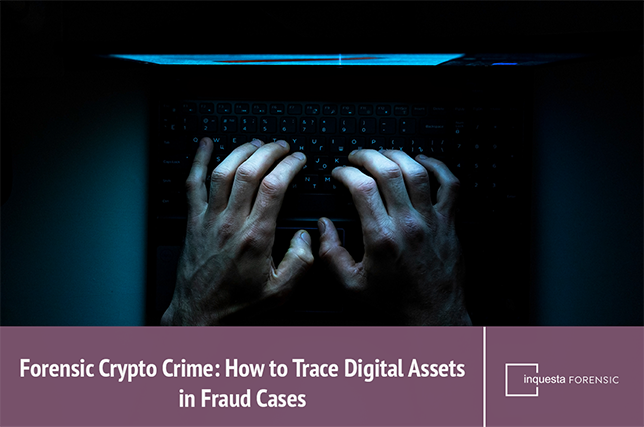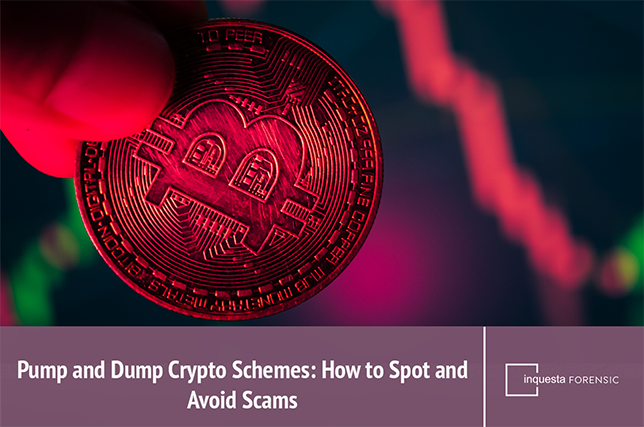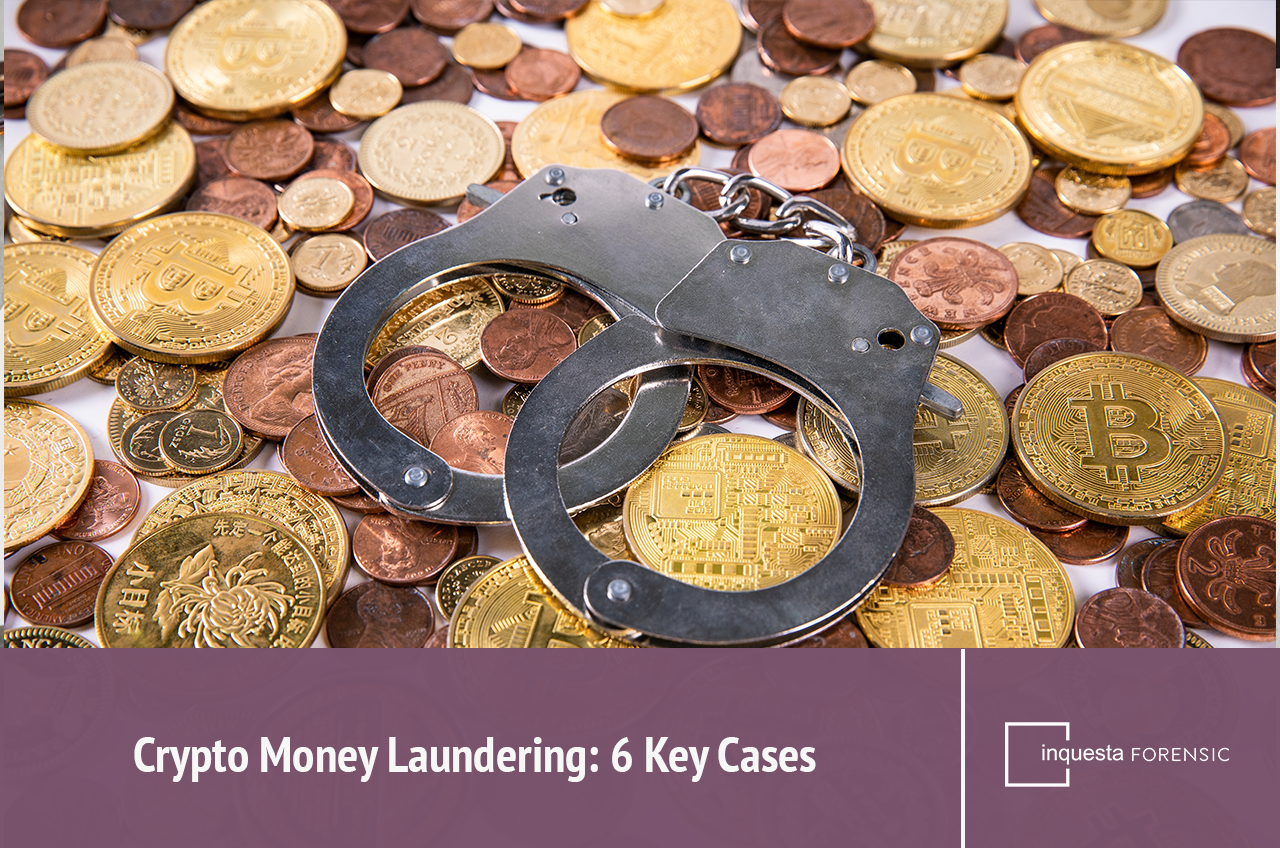Cases of people having their crypto wallet hacked have become increasingly more common as the rise of cryptocurrency and digital assets has continued to revolutionise the way we view finances.
Over the past decade, cryptocurrencies like Bitcoin, Ethereum, and others have transitioned from niche investments to mainstream features of modern finance. They offer unparalleled opportunities for decentralisation, financial inclusion, and innovation.
However, this rapid growth has also introduced new risks, particularly in the form of cybercrime and fraud. One of the most distressing situations for any crypto holder is discovering that their crypto wallet has been hacked.
If you’ve fallen victim to such an attack, it’s crucial to act quickly to protect your remaining digital assets and explore options to recover crypto from scammers. At Inquesta Forensic, a trusted UK-based forensic accountancy firm, we specialise in investigating cryptocurrency-related fraud. Here’s a comprehensive guide to help you navigate this challenging scenario.
1. Confirm the Hack
The first step when you suspect your crypto wallet has been hacked is to get confirmation. This involves carefully reviewing your wallet activity and account settings. Look for signs such as:
- Unauthorised Transactions: Check your transaction history for any transfers you didn’t initiate.
- Unfamiliar Wallet Addresses: Scammers often transfer funds to their own wallets, so look for addresses you don’t recognise.
- Changes to Account Settings: Hackers may alter your security settings, such as disabling two-factor authentication (2FA) or changing your password.
It’s also important to rule out other possibilities, such as losing access due to a forgotten password or misplaced private keys. If you’re unable to access your wallet, try recovering it using your seed phrase or contacting your wallet provider for support.
2. Secure Your Remaining Digital Assets
If you still have access to your wallet, act immediately to protect your remaining funds. Here’s a step-by-step guide to securing your assets:
- Transfer Funds to a New Wallet: Move any remaining cryptocurrency to a new, secure wallet. Ensure the new wallet is generated using a trusted platform and has robust security features.
- Backup Your Seed Phrase: Your seed phrase (also known as a mnemonic, recovery phrase, or backup phrase) is the key to accessing your wallet. Write it down and store it offline in a secure location, such as a safe or safety deposit box.
- Create a Strong Password: Use a unique, complex password for your new wallet. Avoid reusing passwords from other accounts.
- Enable Two-Factor Authentication (2FA): 2FA adds an extra layer of security by requiring a second form of verification, such as a code sent to your phone.
- Store Private Keys Offline: Never share your private keys or store them digitally. Consider using a hardware wallet for added security.
Once your funds are transferred, do not reuse the compromised wallet or any associated credentials. Hackers may still have access to your old wallet, so it’s best to start fresh.
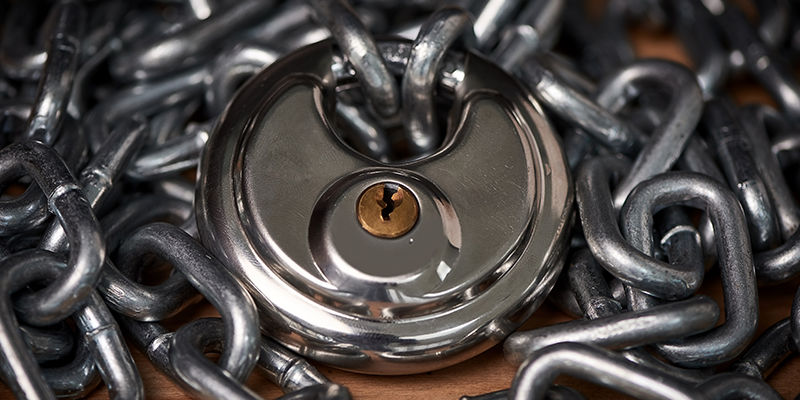
3. Report the Incident
Reporting the hack is critical to increasing the chances of recovery. Here’s what you should do:
- Notify the Crypto Exchange: If your wallet is linked to an exchange, inform them immediately. Some exchanges have protocols in place to freeze stolen funds or assist with investigations.
- Contact Authorities: In the UK, report the incident to Action Fraud, the national cybercrime reporting centre. Provide as much detail as possible, including transaction IDs, wallet addresses, and timestamps.
4. Document Everything
Keeping detailed records is essential for any forensic investigation or legal action. Document the following:
- Dates and Times: Note when the unauthorised transactions occurred.
- Wallet Addresses: Record the addresses involved in the hack, including the destination of the stolen funds.
- Screenshots and Exported Data: Capture screenshots of your wallet activity and export any available transaction data.
- Correspondence: Keep records of all communications with exchanges, authorities, and other parties involved in the investigation.
When a crypto wallet is hacked, such documentation will be invaluable for forensic experts and legal professionals working on your case.
5. Engage Forensic Experts to Recover Crypto from Scammers
The process to recover stolen cryptocurrency is a complex one, that often requires professional expertise. Forensic investigators may be able to:
- Trace the movements of stolen funds across the blockchain.
- Identify the perpetrators involved, as well as their methods.
- Provide evidence to support any ongoing legal proceedings or insurance claims.
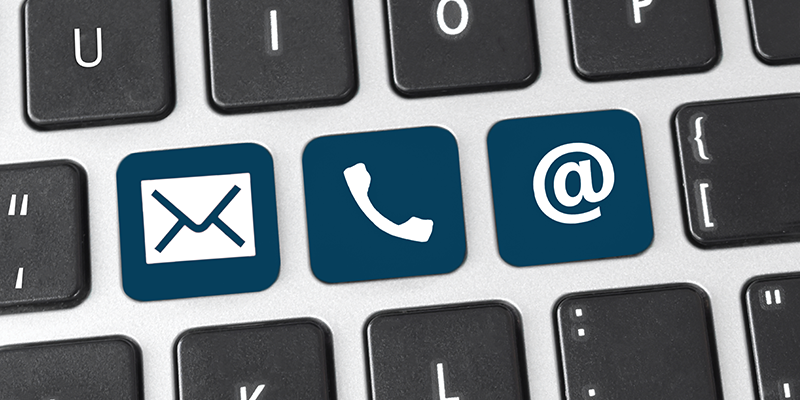
6. Strengthen Your Security Measures
When the immediate threat is being addressed, you should take proactive steps aimed at protecting your digital assets in the future. Consider using hardware wallets for long-term storage or for keeping large amounts of high-value crypto secure.
Additionally, regularly update both your software and firmware and educate yourself on common crypto scams, such as phishing, fake wallet apps, and pump and dump schemes, to ensure you don’t fall foul of any other types of digital asset fraud in the future.
Lastly, consider what measures you are taking to ensure you remain secure. Do you make a point to avoid clicking on potentially suspicious links? Have you ever shared your private keys? Questions like this can be pivotal in helping you identify potential weaknesses in your security practices, as well as ensure you are able to take corrective action before they can be exploited. Through regular assessment of your habits and security measures, you can better protect your digital assets and significantly reduce the risk of falling victim to future attacks.
7. Explore Legal Options
If the amount stolen when your crypto wallet is hacked is significant, you should consult with a legal professional to explore your available options. Depending on the circumstances, you may be able to pursue civil action against the perpetrators, work with law enforcement to hold hackers accountable, or file a claim with your insurance provider (if your crypto holdings are covered).
The issue that may arise at this stage is that, even with experts on your side pursuing your lost assets, it can be incredibly difficult to actually trace assets transferred on the blockchain — making the process of also tracing the perpetrators who hacked your crypto wallet equally difficult.
8. Review Your Insurance Coverage
The final step when your crypto wallet is hacked should be to check whether your crypto assets are covered under your existing insurance policies.
Some insurers now offer specific crypto insurance that protects against theft and fraud. However, depending on when you took out your policy, this may not be relevant to you.
If this doesn’t apply to you, perhaps consider updating your insurance policy to include such considerations — to ensure that you are protected should anything like this happen again.

Securing and Recovering Your Digital Assets with Expert Forensic Support
Having your crypto wallet hacked is an incredibly distressing experience, and the journey to secure your remaining digital assets and potentially recover stolen funds can be both complex and overwhelming. While recovery is never guaranteed when your crypto wallet is hacked, engaging forensic experts and exploring legal options may significantly increase your chances of success.
Given the highly intricate nature of cryptocurrency fraud, as well as the challenges involved in tracking assets on the blockchain, seeking professional guidance is invaluable. If you’ve fallen victim to a crypto wallet hack or any form of digital asset fraud, don’t hesitate to contact us. We are here to support you every step of the way.
- The Essential Role of Forensic Accounting in High Net Worth Divorce
- How to Value a Startup Business: A Guide for UK Entrepreneurs
- Pig Butchering Scams: Guide to Crypto Romance Fraud
- Shareholders’ Disputes: How Business Valuation Helps with Shareholder Dispute Resolution
- 11 Costly Business Valuation Errors (And How to Avoid Them)


